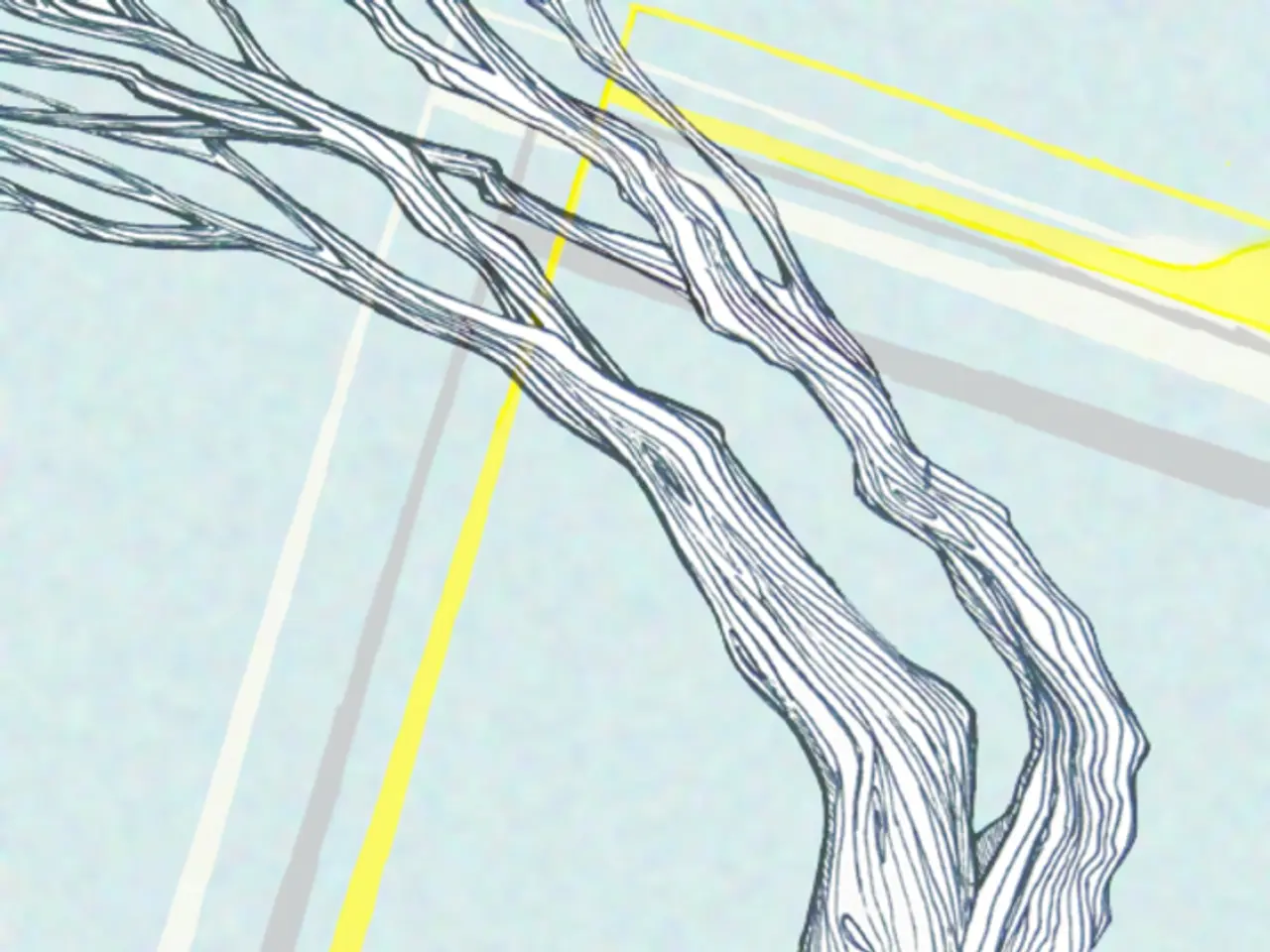Investigating the Boundaries of a Cone: A Study in Geometry
A cone, a simple three-dimensional geometric shape, has long been a subject of fascination and debate among mathematicians and enthusiasts alike. One of the most intriguing questions surrounding this shape is the number of edges it possesses.
The cone, defined by a flat base, a single point called the apex, and a curved lateral surface connecting the base to the apex, may seem straightforward. However, the meeting point between the curved surface and the flat base presents a challenge when interpreting edges.
One perspective suggests that a cone has zero edges, based on the strict definition of an edge as a line segment formed by the intersection of two flat faces. From this perspective, the circular boundary between the base and the lateral surface is not considered an edge, as it is a curved boundary.
On the other hand, another perspective argues that a cone has one edge. This view considers the circular boundary between the base and the lateral surface as a single, continuous edge.
The debate over the number of edges on a cone highlights the tension between mathematical rigor and intuitive understanding.
When a cone's surface is unrolled, it forms a sector of a circle. The radius of the unrolled sector is equal to the slant height of the original cone. The arc length of the unrolled sector is equal to the circumference of the base of the cone, and the surface area (excluding the base) is equal to the area of the circular sector.
The central angle of the circular sector is determined by the ratio of the base radius to the slant height of the cone. As a cone becomes flatter, the central angle of the sector formed by unrolling it approaches 360 degrees.
The height of the cone doesn't directly appear in the formula for the sector's central angle or area, but it indirectly influences the slant height. Not just any circular sector can be rolled into a cone; the arc length of the sector must be less than the circumference of a full circle with the same radius as the sector.
The base of a cone can be circular, but it can also be other shapes like an ellipse. The height of a cone is the perpendicular distance from the apex to the center of the base. The apex, the single point at the top of the cone where all the rulings converge, is an essential feature that sets the cone apart from other geometric shapes.
In practical approximations, parts of the sphere's surface can be represented as curved patches or distorted circles when unrolled, but mathematically, it is impossible to flatten a sphere's curved surface without stretching or tearing. Therefore, there is no exact flat shape corresponding to a sphere.
Understanding the geometry of a cone, from its edges to its unrolling into a circular sector, offers a glimpse into the intricate world of mathematics and geometry. Whether it has zero edges or one, the cone remains a captivating shape that continues to spark curiosity and debate.
Read also:
- Understanding Hemorrhagic Gastroenteritis: Key Facts
- Stopping Osteoporosis Treatment: Timeline Considerations
- Tobacco industry's suggested changes on a legislative modification are disregarded by health journalists
- Expanded Community Health Involvement by CK Birla Hospitals, Jaipur, Maintained Through Consistent Outreach Programs Across Rajasthan







